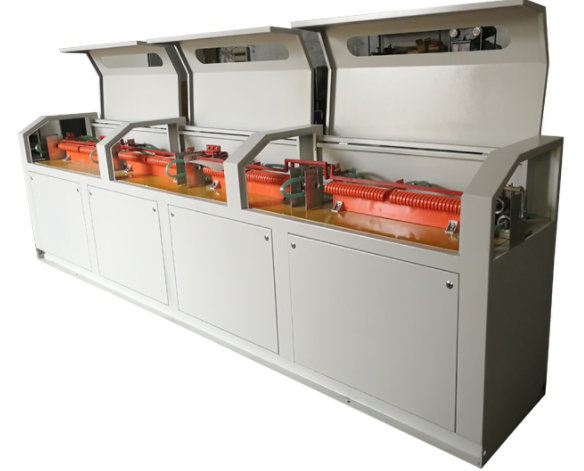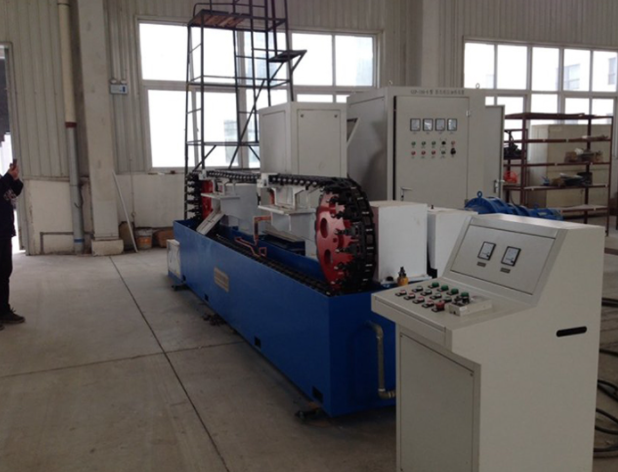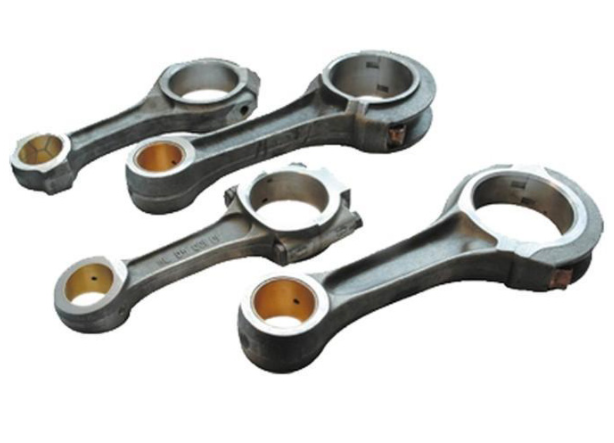Annealing is a heat treatment process that softens steel. This can make it easier to shape or machine. It is especially useful if you need to cut something that has been welded, such as when you need to repair stripped threads on a shaft. So how do you anneal steel?
To anneal steel, heat it to 100 degrees Fahrenheit above its critical temperature, soak it at that temperature for 1 hour per inch of thickness, and then cool it at a maximum rate of 70 degrees Fahrenheit per hour.
Okay, that's the short answer. Let's see how we can do this in real life.
In order to anneal steel, you will need a way to heat the metal to a bright red color, hold it at that temperature for a while, and then cool it very slowly. We use an induction annealer.

Most controlled process, most consistent results
Best way to fully anneal steel down to the core
Programmable, you can set it and walk away
Very effective for parts with variable thickness
Small parts can be unnecessarily time consuming
Many people do not have easy access to heat treatment ovens
To perform this operation correctly, it is best to know the exact grade of steel you are using. If you are buying steel from a supplier, check with them for the recommended annealing temperature. Honestly, it doesn't vary much - typically you'll anneal in the 1450-1650 F range or so, but getting an accurate temperature to fully anneal the metal is still ideal.
Once the oven reaches temperature, you will need to let the metal "soak" - this means just keeping it at that temperature. This is done to allow the metal to get hot enough inside so it will fully anneal throughout the process. The rule of thumb is to soak the metal for one hour per inch of thickness.
If you are using a steel that is very inconsistent in shape and thicker in some parts than others, then choose the thickest part. So, if the part is a shaft with a 4-inch diameter at the thick end and a 2-inch diameter at the small end, let it soak for 4 hours.
The advantage of using an induction annealer is that, in addition to having a very precise temperature, slow cooling is easy. Simply turn off the oven and keep the door closed. The refractory brick will hold the heat long enough to really control the cooling. Once it is cool enough to touch, test it with your preferred hardness check method to make sure the process is going as planned.

Connecting rod induction annealing equipment
Air cooling is too fast for annealing, so you need to help the part retain its heat once the torch is turned off. The following are a few ways to perform this operation.
This may be an effective way to keep the part warmer for longer. Vermiculite is something that is added to the soil to keep plants happy, and it is also a great insulator. Sand is also great for insulation. One thing worth noting is that it must be something very pure, you don't want any roots or mud in the mixture if possible. Construction or playing with sand works well.
Moisture + hot glowing metal = bad results. Basically, it will not retain heat, the part will cool too quickly, and you will have to reanneal it. There are also stories on the internet about how it explodes when there is moisture. I think this is more of an issue for larger stones/bricks, which can break and explode when the moisture turns to steam, but it is best to proceed with caution and avoid explosions if possible.

This is handy because it's less likely to make a mess, and you can easily roll it up and put it back on the shelf. There are several different types that can work well. You can get blankets that really work for chimneys and wood stoves. Another good option is to pick up a roll of ceramic fiber insulation, which is usually easy on the budget and will last a while.
Cold rolled ribbed rebar is widely used in building industry, industrial and civil construction fields. With the rapid dvelopment of worldwide infrastructure, best quality ribbed rebar induction annealing line from Chaochang has a broad demand market and gained high reputation from customers. We welcome your inquiry.
Baoding Chaochang Electromechanical Co., Ltd.
Copyright © Baoding Chaochang Electromechanical Co., Ltd. All Rights Reserved | Sitemap
